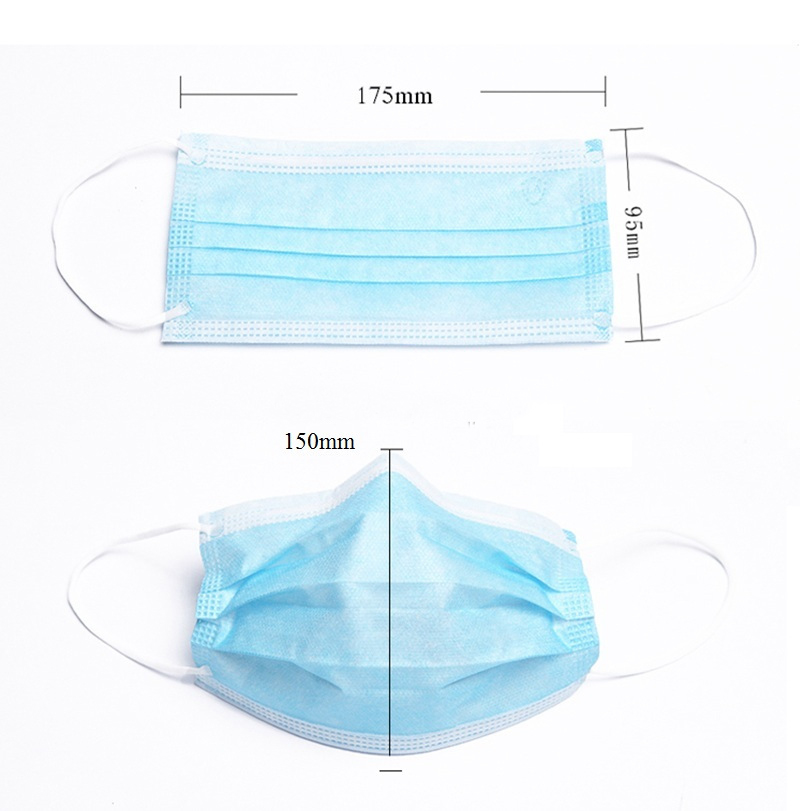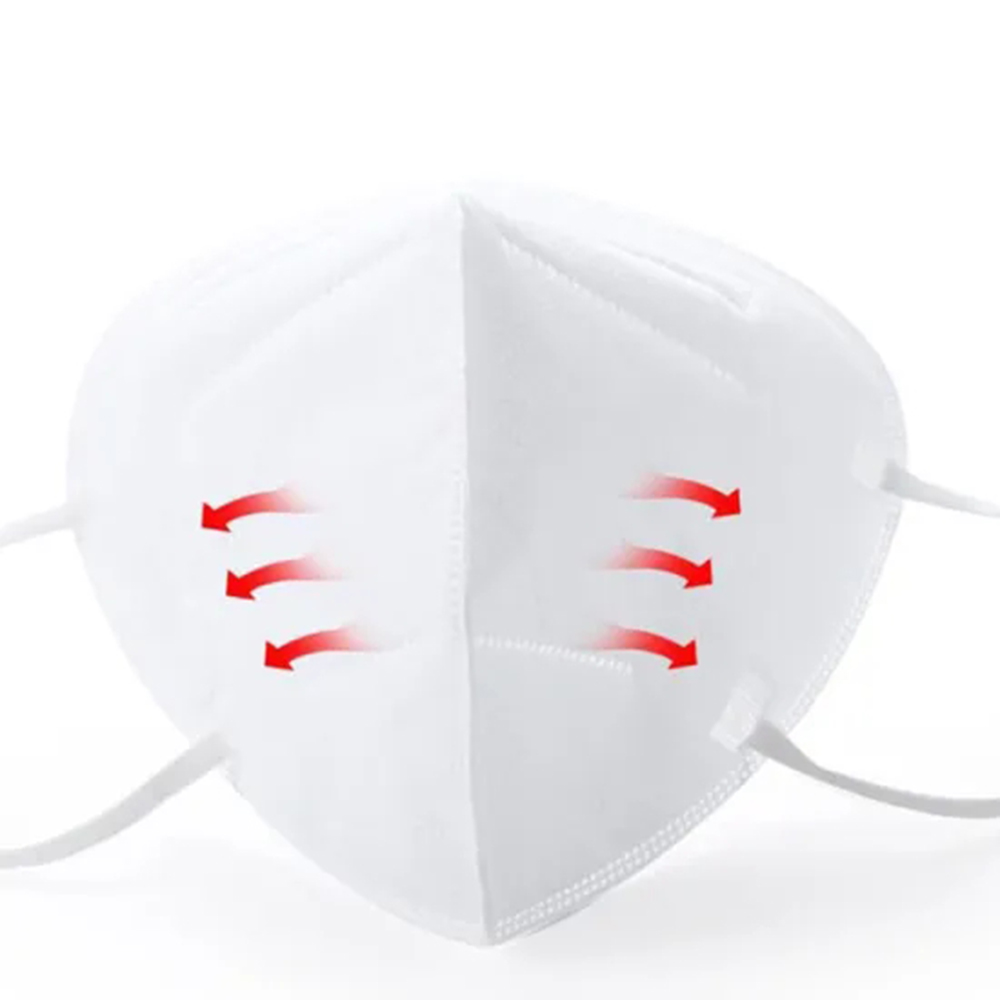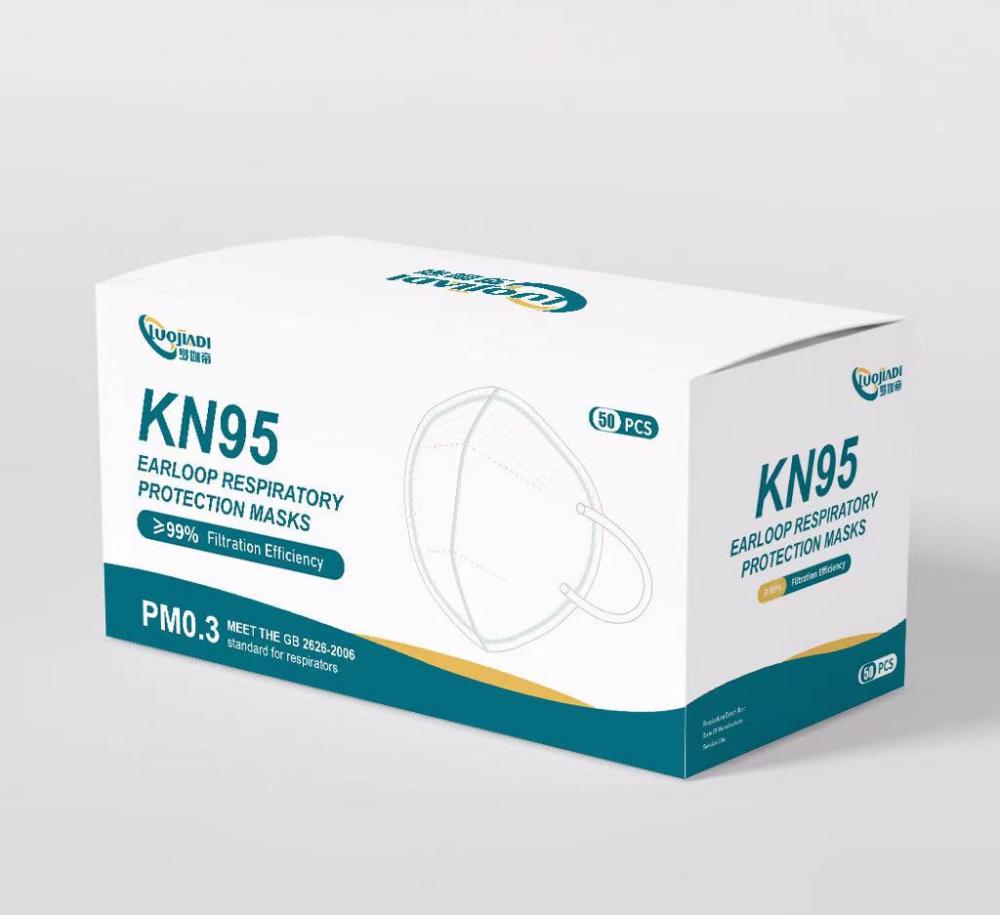Foreword: What is the basis for FBC operations? time? Biomass? Substrate concentration? pH change? DO rebound? Still something else? If it is not very clear, this article may be helpful to you.
The meaning of a fermentation feed operation 1 to relieve substrate inhibition, product feedback inhibition and catabolite repression;
2 to avoid all the effects caused by excessive feeding of a large amount of cells, improve the rheological properties of the fermentation broth;
3 can increase the proportion of germinated spores and control cell quality;
4 does not require strict aseptic conditions, the bacteria are not susceptible to aging variation, and are more widely used than continuous fermentation.
The supplementary content of the supplementary item includes the following five groups of factors:
1 Replenish the energy and carbon sources required for the cells, such as glucose and liquefied starch;
2 to supplement the nitrogen source required by the bacteria, such as peptone, bean cake powder, corn syrup, yeast powder and urea, and other organic nitrogen sources, some fermentation also adopts ammonia or ammonia water;
3 adding trace elements and inorganic salts, such as phosphates, sulfates, etc., required for growth and metabolism of certain cells;
4 For microorganisms producing enzyme-inducing enzymes, the substrate of the enzyme is often added to the feed to increase the yield of the enzyme;
5 For some antibiotics, it is often necessary to supplement the precursors formed by antibiotics. For the specific fermentation project, which factors need to be selected as the supplementary items, it needs to be determined according to the strains. The examples are as follows: 
Thirty kinds of feeding process plan
1 Feed without feedback control The flow rate of nutrients added to this control method is preset. Therefore, the accuracy of the mathematical model that reflects the state of the system is the key to success. At present, there are three types of feedback-free feeding methods: constant speed feeding, variable speed feeding and index feeding.
1.1 Constant-speed feed In the constant-speed feed fermentation, the limiting nutrients are added at a preset constant rate. Relative to the bacteria, the concentration of nutrients is gradually reduced, and the growth rate of the cells is also decreased, while the total amount of cells is linearly increased.
Constant-speed feeding meets the needs of the bacteria for nutrients to a certain extent, avoiding nutrient suppression, but this method is often controlled according to a parameter index.
1.2 Variable-speed feed variable feed is the increase rate of the addition rate in the process of the gradient, phase or linear. It can increase the growth of cells by adding more nutrients in the case of higher concentration of bacteria, and achieve a continuous increase in cell growth rate, which is conducive to product formation. Although it is rough, it is better than constant speed addition.
1.3 Index feeding index feeding is a simple and effective method. The rate of supplementation increases exponentially, which enables the concentration of nutrients in the reactor to be kept at a lower level, and the specific growth rate of the cells is constant.
The bacterial cell density increased exponentially. The index feeding is better matched with the growth process of the bacteria, and does not require a particularly complicated instrument, and thus has received more attention. The most successful means of high-density culture of E. coli is index feeding. Of course, this method requires a thorough understanding of the specific process of fermentation to determine the appropriate feed parameters.
2 Feedback control The feeding fermentation process often deviates from the preset process, corrects the deviation in time, and can make the reaction proceed in the predetermined direction, otherwise it will be difficult to achieve the desired target. Feedback Control Feeding is the real-time or online detection and control of parameters such as nutrient concentration, product concentration and cell concentration in the reactor during the fermentation process.
Direct measurement parameters are temperature, pH, dissolved oxygen concentration, optical density, nutrient concentration, pressure, and exhaust gas composition, all of which can be directly measured by instrumentation.
Indirect measurement parameters include specific growth rate, cell concentration, oxygen uptake rate, oxygen transfer rate, carbon dioxide growth rate, and respiratory entropy. They can be evaluated or calculated using one or more direct measurement parameter values.
2.1 Simple feedback control The feeding of nutrient consumption is coupled with pH or dissolved oxygen. Keeping these parameters constant can control the nutritional status of the cells indirectly. The carbon source is usually supplemented by p H drop or DO bounce feedback. Maintaining the pH of the E. coli fermentation broth can delay the decrease of the specific growth rate. The method is simple, but empirical and prone to lag.
2.2 Control the feeding according to the nutrient intake or demand. By measuring the nutrient concentration in the medium, set the nutrient control within the set range value. This type of method is more common in feeding control, and the control object is often glucose or glycerol or methanol concentration. Other assays or parameters can also be used to assess and predict glucose consumption in nutrients, such as establishing dissolved oxygen or pH and substrate consumption relationships, estimating current substrate concentrations or establishing a fitted curve to determine current feed operations. .
2.3 According to the specific growth rate to control the specific growth rate of the feed cells, the larger the μ, the faster the growth of the microorganisms, the more nutrients are consumed, by calculating the specific growth rate of the cells and the optimal formation relationship of the products. The feedback adjusts the glucose supplement rate, adjusts the rotational speed, and controls the dissolved oxygen to control the specific growth rate μ.
2.4 Controlling the use of feed nutrients based on tail gas composition analysis is usually accompanied by the release of gases such as CO2. The determination of the outlet gas, similar to the analysis of nutrients, can also be used to control the feed rate. This control method is relatively simple and can be used for the control of gas production fermentation, but it is easy to lag.
2.5 Controlling feeding according to cell morphology In some microbial cultures, cell morphological changes are closely related to culture conditions (such as dissolved oxygen concentration, shear rate, and medium composition). This requires an image sensor to detect changes in cell morphology in the fermentation broth.
2.6 Fuzzy control of the measurable parameters in the feed fermentation and the growth and metabolism of the organism, it is difficult to describe with the exact mathematical relationship, and it is more appropriate to use the membership function to describe their fuzzy relationship. Fuzzy control theory is more unique when conventional detection and control methods are difficult to accurately reflect the operating state of the system.
In conventional fuzzy logic control, if the initial error of the control variable is large, the controller reacts to allergies, which may lead to excessive feed. Fuzzy theory is also used in the modeling of fed fermentation.
The source of all membership functions and the various fuzzy control rules in the fuzzy control process depends on the experience of the designer. Therefore, the correctness of the designer's experience is directly related to the result of fuzzy control. The subjectivity of fuzzy control rules is inevitable, and fuzzy controllers do not have the ability to learn, so it is not possible to correct errors in artificial design rules based on the history of the process.
2. 7 Neural network controlled feeding In the absence of knowledge of the fermentation kinetic parameters, the neural network system is optimally controlled.
The biggest advantage of the neural network control system is that it is similar to the brain and has self-learning ability. It can directly extract the relationship between process influence factors and process performance from the process history record, and establish the process model and adaptive controller.
The feeding process is a flexible and effective means of controlling intermediate metabolism and increasing production. Of course, the optimum type of feed, feed amount and feed method should be determined according to the specific strain or culture conditions.
Conclusion: Feed control is the key to the entire feed fermentation production. The feeding method of feedback control has the advantages of accurate control and good operational repeatability. However, accurate and reliable biochemical detection instruments are required to measure the temperature, pH, nutrients and products of the fermentation broth online. Neural network control has strong nonlinear mapping capabilities. Fit the input and output relationships of the system through the adjustment of the internal weights of the network.
face mask used for daily protection, with 3 ply non-woven fabric, It can effectively filter droplets and block direct contact between virus and human body. The fabric is breathable and comfortable,it won't cause skin allergy.
We are professional manufacture of medical equipment with 6 years experiance.
The company conscientiously implements the "Regulations on the supervision and administration of medical devices" and other laws and regulations, and adopts a scientific management mode. The company has successively passed the EU CE certification and CFDA "medical device production quality management specification" assessment.
Adhering to the concept of "quality first, integrity-based, continuous change and long-term commitment", the company is committed to providing customers with high-quality, high safety performance products and high-quality services.




Disposible Face Mask,Face Mask With Logo,Face Mask With Designs,Disposable Medical Face Mask
Shanghai Rocatti Biotechnology Co.,Ltd , https://www.shljdmedical.com